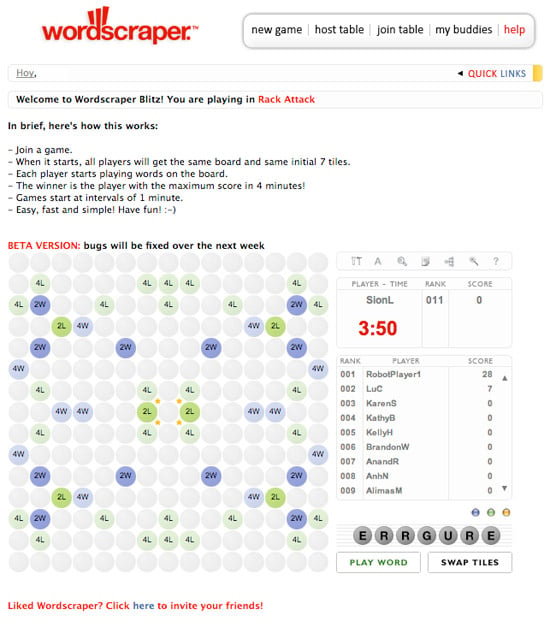
The Swamigal said it was Rajaji, who decided that instead of receiving the Sengol from the Britishers, Nehru receive it from a guru from TN. Interestingly, in 1978, Sri Chandransekharendra Saraswathi Swamigal, recalled an interesting aspect behind incident. When the final words in the stanza were recited, the Sengol was presented to Nehru amidst music from the Nadaswaram played by maestro TN Rajarathinam Pillai. On the eve of Independence, Sri Kumaraswamy Thambiran and Manickam Odhuvar recited the Kolaru Pathigam, hymns from Thevaram, composed by Shaivaite saint Thirugnana Sambandar. The Swamigal arranged for the golden Sengol to be made at a cost of Rs 15,000, a huge amount in 1947. Nehru sought the advice of Rajaji (Rajagopalachari), who, in turn, approached Sri Ambalavana Desika Swamigal.

The 96-year-old Vummidi Bangaru Chetty, associated with the creation of the Sengol in 1947, would also participate in the ceremony.Ī peep into history reveals that 75 years ago, the last Viceroy of the British government, Mountbatten, asked Nehru, who was expected to be the first PM of India, what ritual would be followed to symbolise the transfer of power.

This is what is most appealing, for those elected to serve the people must never forget this,” he added.Īmit Shah revealed that all 20 Adheenam presidents will be present on this auspicious occasion to shower their blessings in remembrance of the ritual. Most importantly, the recipient of the Sengol has the ‘order’ (‘Aanai’ in Tamil) to rule justly and fairly. The Nandi, with its unyielding gaze as the beholder of ‘Nyaya’, is hand-carved at the top.

It is blessed by the high priests of a leading Dharmic Mutt in Tamil Nadu. “The Sengol is profound in meaning, which is derived from the Tamil word ‘Semmai’, meaning ‘righteousness’,” he said. The new parliament building will witness the very same event, with Adheenam (priests) repeating the ceremony and vesting the PM with the Sengol, he said. ‘Rajaji decided it a good idea for Nehru to receive Sengol from a Tamil guru’


 0 kommentar(er)
0 kommentar(er)
